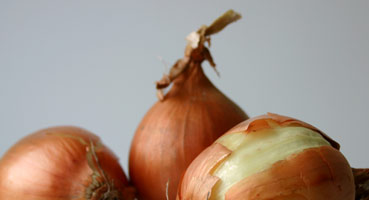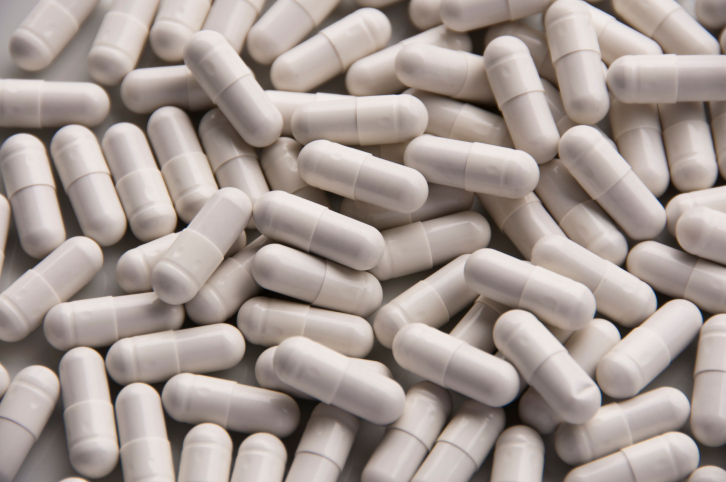
by admin | May 8, 2013 | Healing Food Facts
Did you know that ginger is considered an erect perennial herb? Native to Asia, India, and China, ginger has been popular in these regions for thousands of years, where it was valued for its aromatic, culinary, and medicinal properties. Ginger grew in popularity in...
by admin | May 1, 2013 | Awareness month, Monthly Condition
What is hepatitis? Hepatitis refers to inflammation of the liver. Hepatitis can be caused by many drugs and toxic chemicals, but in most instances it is caused by a virus. Viral types A, B, and C are the most common. During the period before liver involvement a person...

by admin | Apr 29, 2013 | Healing Food Facts
Did you know that the onion is a member of the lily family? Onions come in a wide variety of flavors, colors, and shape, which can be broken up into two main groups: spring/summer and storage onions. Spring/summer onions typically have a mild and sweet taste while...

by admin | Apr 29, 2013 | Natural Facts
Lots of patients ask me about probiotics. They know what antibiotics are, but they don’t really know what probiotics are for, when they should be used, and who needs them. It’s time to clear up the confusion. The term probiotic is derived from Greek, and...

by admin | Apr 29, 2013 | Anti-Aging
Introduction: One of the major advances in nutritional medicine is the ability to produce a fish oil supplement that is highly concentrated form of long-chain omega-3 fatty acids and also free from lipid peroxides, heavy metals, environmental contaminants, and other...







